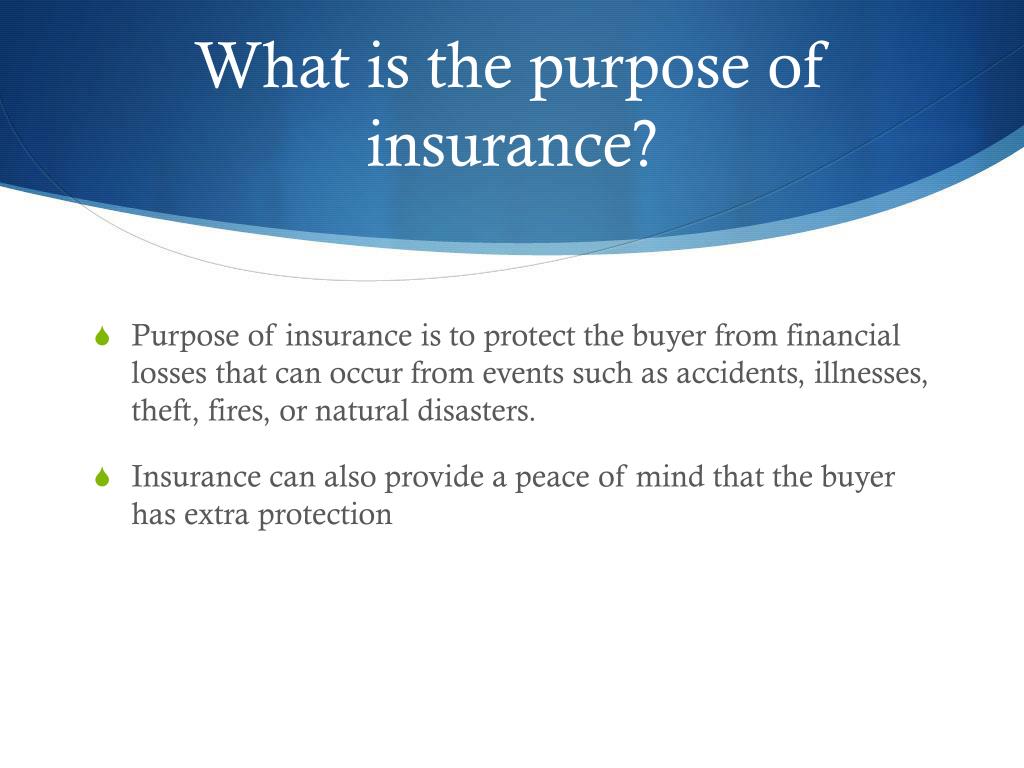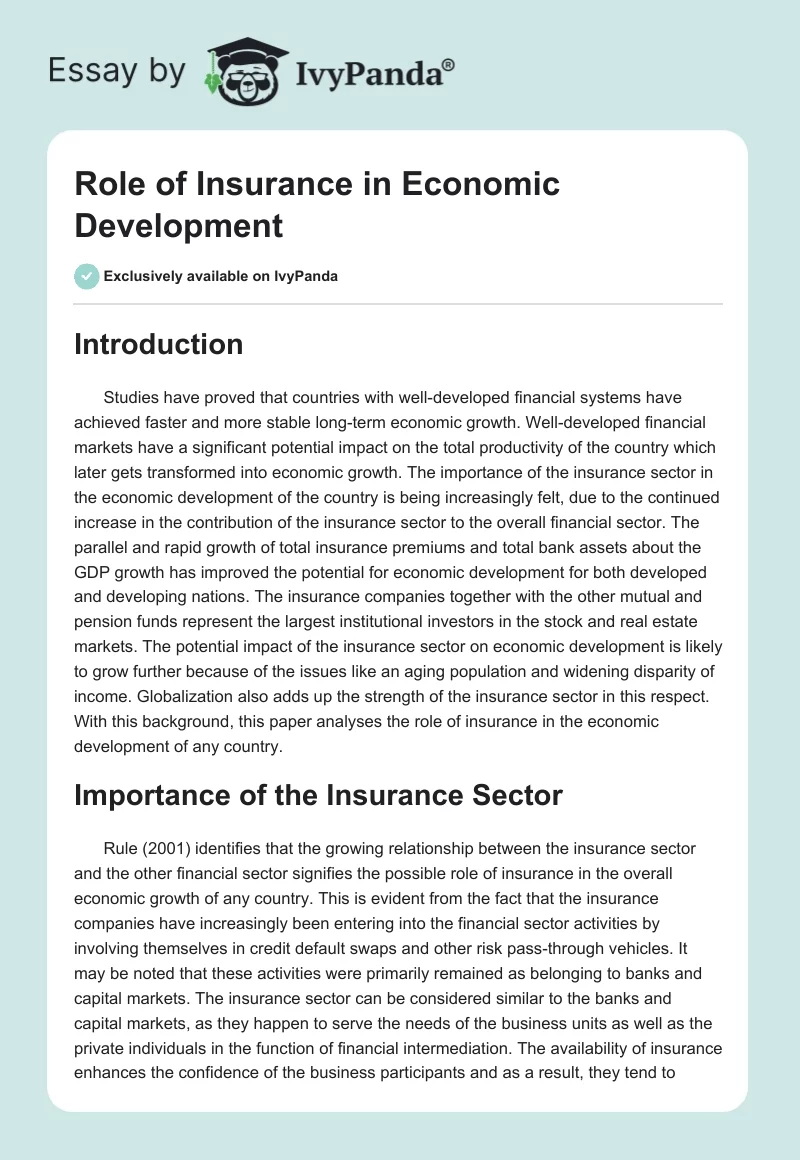What Does Pacific Prime Mean?
What Does Pacific Prime Mean?
Blog Article
Pacific Prime - Truths
Table of Contents6 Easy Facts About Pacific Prime DescribedNot known Details About Pacific Prime The Basic Principles Of Pacific Prime The Ultimate Guide To Pacific PrimeAbout Pacific Prime

This is due to the fact that the data were gathered for a duration of strong economic efficiency. Of the estimated 42 million people that were without insurance, all yet about 420,000 (concerning 1 percent) were under 65 years old, the age at which most Americans become qualified for Medicare; 32 million were adults between ages 18 and 65, around 19 percent of all grownups in this age group; and 10 million were youngsters under 18 years old, about 13.9 percent of all youngsters (Mills, 2000).
These price quotes of the variety of persons uninsured are produced from the annual March Supplement to the Existing Populace Study (CPS), carried out by the Demographics Bureau. Unless or else noted, nationwide price quotes of individuals without health and wellness insurance coverage and percentages of the population with different sort of insurance coverage are based upon the CPS, one of the most extensively utilized resource of quotes of insurance protection and uninsurance prices.
Pacific Prime Things To Know Before You Buy

Still, the CPS is specifically beneficial since it creates annual estimates reasonably rapidly, reporting the previous year's insurance policy protection estimates each September, and since it is the basis for a constant set of estimates for more than two decades, permitting analysis of fads in insurance coverage with time. For these factors, along with the substantial use of the CPS in other research studies of insurance coverage that exist in this report, we rely on CPS quotes, with limitations kept in mind.

The price quote of the variety of without insurance people broadens when a population's insurance policy status is tracked for several years. Over a three-year duration beginning early in 1993, 72 million individuals, 29 percent of the united state populace, lacked protection for at least one month. Within a single year (1994 ), 53 million people experienced a minimum of a month without insurance coverage (Bennefield, 1998a)
Six out of every 10 uninsured grownups are themselves utilized. Working does improve the chance that one and one's household participants will certainly have insurance coverage, it is not a guarantee. Also members of family members with two full time breadwinner have nearly a one-in-ten chance of being without insurance (9.1 percent uninsured rate) (Hoffman and Pohl, 2000).
All about Pacific Prime
New immigrants represent a substantial proportion of individuals without wellness insurance. One analysis has associated a substantial portion of the recent development in the size of the U.S. uninsured population to immigrants that showed up in the nation in between 1994 and 1998 (Camarota and Edwards, 2000). Current immigrants (those that pertained to the USA within the previous 4 years) do have a high rate of being uninsured (46 percent), however they and their children account for just 6 percent of those without insurance coverage country wide (Holahan et al., 2001).
The connection between health insurance coverage and accessibility to care is well developed, as documented later on in this phase. The connection in between wellness insurance coverage and health and wellness results is neither direct nor simple, an extensive medical and health services study literary works links health insurance protection to enhanced access to care, look at more info better high quality, and enhanced personal and populace health and wellness status.
Levels of evaluation for checking out the impacts of uninsurance. This discussion of medical insurance protection focuses largely on the U.S. populace under age 65 since practically all Americans 65 and older have Medicare or various other public protection. Additionally, it concentrates especially on those without any kind of medical insurance for any type of length of time.
A Biased View of Pacific Prime
The problems dealt with by the underinsured remain in some aspects comparable to those dealt with by the without insurance, although they are usually less serious. group insurance plans. Uninsurance and underinsurance, however, involve clearly various plan concerns, and the methods for resolving them may vary. Throughout this research and the 5 reports to comply with, the major emphasis is on persons with no health insurance and thus no support in paying for healthcare beyond what is offered with charity and safety internet establishments
Medical insurance is an effective variable impacting receipt of treatment since both clients and physicians react to the out-of-pocket cost of services - https://href.li/?https://www.pacificprime.com/. Medical insurance, nevertheless, is neither needed nor enough to get accessibility to clinical services. The independent and direct impact of wellness insurance policy coverage on accessibility to health and wellness services is well developed.
Others will get the health and wellness care they require also without medical insurance, by paying for it expense or seeking it from suppliers who supply care cost-free or at extremely subsidized prices. For still others, medical insurance alone does not ensure receipt of treatment because of various other nonfinancial barriers, such as a lack of wellness care carriers in their neighborhood, restricted accessibility to transport, illiteracy, or linguistic and cultural distinctions.
Everything about Pacific Prime
Official study concerning uninsured populaces in the USA dates to the late 1920s and early 1930s when the Board on the Expense of Healthcare created a series of reports concerning funding physician office check outs and hospital stays. This problem came to be significant as the numbers of clinically indigent climbed during the Great Anxiety.
Report this page